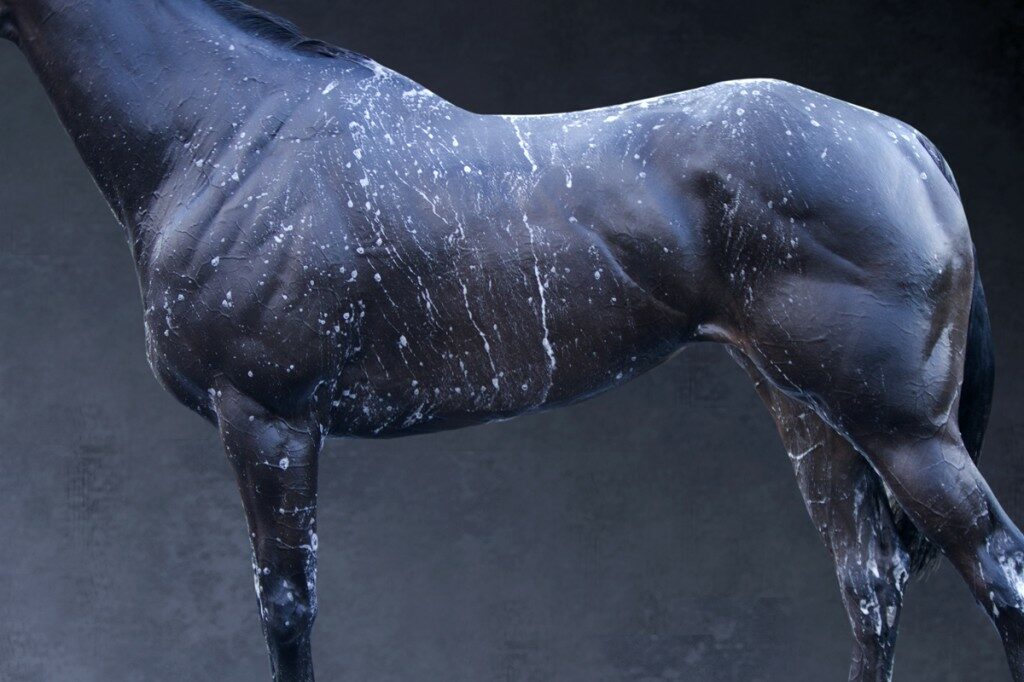Nicholas Hughes, UK
This work from my current series ‘Aspects of Cosmological Indifference’ in keeping with my established practise is made in a 5×4 field camera and within walking distance of my home/studio.
The work seemingly dependent upon a transient lifestyle alludes to universal Romantic themes, allied to an environmental sensibility. Each seeks to illustrate the frail residue of the contemporary wilderness through reduced visions of the sublime within the cyclical patterns wrought by yearlong observations of localised nature. Examination is given to the space between the world that people inhabit and that which nature still claims as its own.
I have regularly found myself deeply alarmed by the level of destructiveness that accompanies the desire for economic growth, but this localised study of nature eventually offered glimpses of our salvation whilst extending my own metaphysical musing.
Looking back on these investigations whilst becoming increasingly distanced from the world’s material desires, I have discovered the temporality of everything. We are here now but soon we are gone, and so too the impressions we make upon the world. By nature our existence is superfluous but the natural world thrives in our absence. hughes_nicholas_cv-statem
Communion with nature ultimately proves a cathartic experience and its curative powers essential to the growth of humanity.

Graeme Webb, UK Bleak House and Other Places.
Graeme Webb works in video post-production and was introduced to the miniature diorama genre by exposure to stop motion animation. His work is highly personal and revolves around childhood memories and fantasies. The meticulously detailed model images play with elements of scale, texture and lighting and the transitory cycle of nature modifying man’s achievements. He has exhibited at the Barbican, the Cottons Center, Holborn Studios, Linear House and the Strand Gallery. His influences include Stephen and Timothy Quay, and eastern european film makers Jiri Barta and Wojciech Jerzy Has. Article_2



Rikard Osterlund, UK Flowers in a Vase (Twilight is neither night nor morning) Flowers, 2010
The ‘Flowers’ series is a contemporary rephrasing of the vanitas flower piece, inspired by the Dutch flower painters of the late 17th Century. The flower arrangements here are made up entirely of artificial flowers, silk and plastic, alongside toy flies, snakes and other reptiles. Every detail of the photographs is intended to mimic that which it is not; not natural, not the original, not a painting, not in a great British art museum. The plastic flowers become a symbol of our contemporary excesses, and willingness to replace the real with an easy-to-care-for copy. The following excerpt is from a publication released alongside the ‘Get Real’ exhibition (2010): Rikard Österlund’s Flowers 2010 are seductively attention seeking, we are drawn to them because they are beautiful and somehow familiar hanging in their gilded and dark frames with the gravitas of the history of art and tradition of museum presentation, yet there is something strange. The flowers look real, arranged like 17th century Dutch still life paintings, but this is an illusion, for these are artificial blooms arranged by Österlund and captured by a digital camera. The artists of the 17th century placed significance on each flower and used it to impregnate their images with layers of narrative. We can discover references to wealth and class, trust, human hope, love and death, from the Semper Augustus, the most expensive bulb in Holland during ‘tulip mania’ to the loaded messages of the lily and the rose. But Österlund’s interest in culture’s relationship to flowers and nature, and the fact that artificial blooms can look vibrantly alive is a poignant anomaly. His 17th century references of Willem van Aelst, Rachel Ruysch and Jan Davidsz de Hemm are subverted, transformed for an age when so many images are received electronically and we are detached from the real. He cites the fact that ‘Ruysch’s hyperreality in her paintings was also a knowing artifice, composed as they were during different seasons and from sketches and studies that she used to bring together for the sumptuous displays’. Österlunds positioning of his flowers, with their focal points of interest and the light and shadow that enhance the sculptural qualities of the image are generic to Flemish still life painting rather than specific. Ultimately the artifice reveals itself in the silk flowers’ unravelled threads or the exposed wire in a stem. Dr Jean Wainwright, October 2010 Osterlund_Rikard_CV




Linda Fleming, UK I currently explore the physical, psychological, and cultural aspects of the body through photography, printmaking, drawing, text and video. My practice is informed by music, poetry, literature, movement, life sciences, history and her personal relationships. I am also a trained singer, keyboard player and conservator of paintings. The White Series is a series of self portraits which explore the cultural and symbolic aspects of the colour white in relation to the female body, birth and death. A section of this series is based on the poem, Lady Lazarus by Sylvia Plath. They also reference art history including classical pose and aesthetic ideas. Personal, social and political issues provide the impetus for the images which are developed from a staged series of photographs taken over a short time period. I stage narratives and collaborate with my subjects where possible so that they may act out their own story within the narrative structure provided by myself. I also use self-representation and use a variety of personae to explore female themes. My current work is always time based. Using sequences of images and I structure my work so that it is analogous to a song, poem, dance or pop video. Linda Kosciewicz-Fleming is a visual artist and musician and has exhibited throughout Scotland, England and London including the Royal Scottish Academy; Scottish Society of Artists; Aberdeen Artists, Mall Galleries, London, Inspace, Edinburgh and the Great North Museum Newcastle. She recently received awards from the University of Edinburgh and Fife Contemporary Arts to create videos.

Robin Gardner, UK Vanitas Vanitas I, II , III & IV – description of work Vanitas is a sequence of photographs which captures a traumatic moment in the life of a building and hence its occupants. The photographs were taken in a badly smoke and water-damaged house after a fire had swept through it. They document the traces left by the absent occupants and their belongings In using the title “Vanitas” I want to connect these spectral still lives not only with a centuries-old tradition of image-making but also reference the layers of meaning implicit in the term. They are both vapour images and a reminder of the transience of life itself. In art historical terms “Vanitas” refers to a genre of still life compositions which contain intimations of mortality. The Biblical phrase from which this term is derived, “Vanity of vanities all is vanities” (Ecclesiastes), is a translation of the Hebrew “Hevel” which literally means “vapour” but can in this context also be taken to mean transience, referring to the fleeting nature of human life.
Robin Gardiner Statement My practice is focused around series of works which evolve and develop in response to an initial stimulus, which might be an image, a text, a piece of music or a thought that refuses to go away. As a result the media and the methodology I use can be quite different depending on the idea explored. The scale of my work ranges from large installations to much smaller wall-mounted work, both pictorial and sound-based. My work can be seen as evocations. I deal with memory, trace and the layers of meaning which an object, image, colour or sound can conjure up. My professional career began in animation with Richard Williams and I took my degree in Fine Art at Central Saint Martins in 2008. gardiner_robin_statement



Yulia Mouraviova, Germany
About the “Reincarnation” Series: The series is a product of my recent interest in Reincarnation. Researching numerous studies into this topic I was astonished by how different these were. Some of the studies proclaim that afterlife would also be possible in the bodies of animals, stones and flowers. The theory caught my imagination and fascinated with it I set off on my mission of creating an agent to make the audience to reflect on the idea. I have chosen deep black background and duotone to take viewers’ attention away from colors and create a mystical and surreal atmosphere. As a final step the ready lambda-prints were originally mounted on diasec©, so that viewers can see their reflection imbedded into the image teasing their inquisitiveness.
CV Yulia Mouraviova lives/works in Essen, Germany (North Rhein Westfalia) born in Minsk, Belarus *1977 2006 Diplom Photography, University of Wuppertal 2002 Diplom Grafics Design summa cum laude, European Humanities University 2000 Masaryk University (CESP), Brno, CZ Exhibitions 2011 – Tokarska Gallery – London, UK 2008 – AFTERLIFE. Watson Studio Gallery – Johnson City, TX, USA 2007 – ART.FAIR 21 Köln / International Photography Awards 2006 – Kunstquadrate-06. Zeche Zollverein. Essen – Universität Wuppertal / Diplomausstellung “einsam.allein” – S. Maria della Pietà (VIPC), Venezia, IT 2005 – Ministerium für Wissenschaft und Forschung NRW. Düsseldorf (Projektausstellung / Theater) 2004 – Bibliothekssaal der Universität Duisburg-Essen. Essen (Projektausstellung / Theater) 2003 – Sichtwerk 03. Zeche Zollverein. Essen 2002 – Europäische Geisteswissenschaftliche Universität Minsk/BY Diplomausstellung 2001 – Hohensalzburg Festung, Salzburg, Österreich (Experimental Graphics) Awards 2007 IPA Photographer of the Year 2007 Deeper Perspective/Germany 2007 Nomination Welde Art Prize 2006 Honorable Mention International Photography Awards 2004 DAAD-Scholarship for graduated artists 2002 Art Scholarship Staatskanzlei Düsseldorf 2002 Profoto-Mediawork Prize 2001 Kulturkontakt Vienna Scholarship (Salzburg Art Academy) 2000 Jan Hus Fonds Scholarship Publications – BLICKFANG – Deutschlands beste Fotografen (Germany’s Best Photographers). 2008 – selected views #10. 2008 – CELESTE Kunstpreis – Catalogue. 2008 – Zollverein 2006 – einsam.allein. 2006


Catlin Harrison, UK
All my photographic work is made without a camera. The Flora Gods series, (8 in total), took a year to make in order to get a range of plant specimens through the four seasons. Harrison_Catlin



Dominik Tarbanski, Poland
LIGHTNESS Like a dream recurring memories of meeting the most important person in the most important place. TWO STICKS AND A PEAR Little big words on childhood memories – less and less clear, more and more faded every day. Magical symbols of carelessness summoned from dusty shelves of memory portray a world full of surprises. One that is no more. DOMINIK_TARABANSKI_-_CV_english
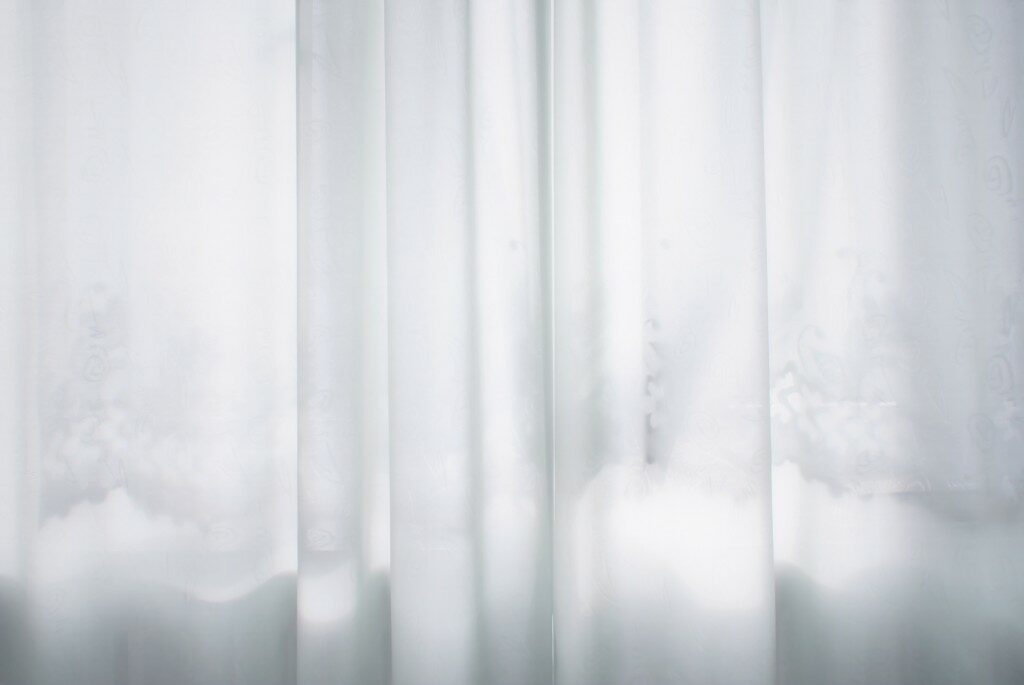
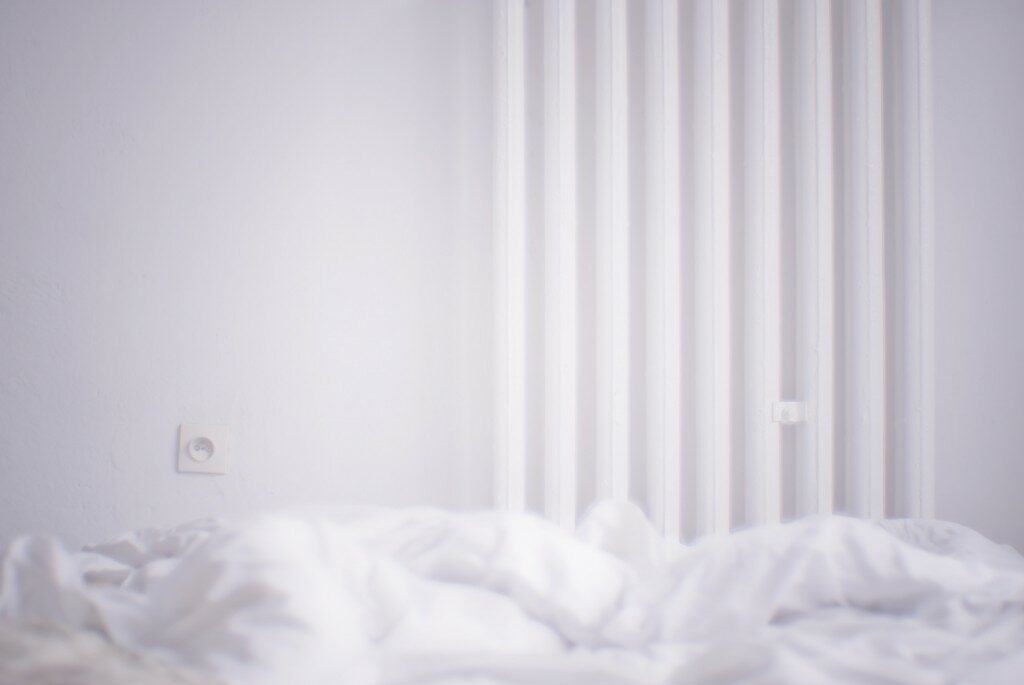
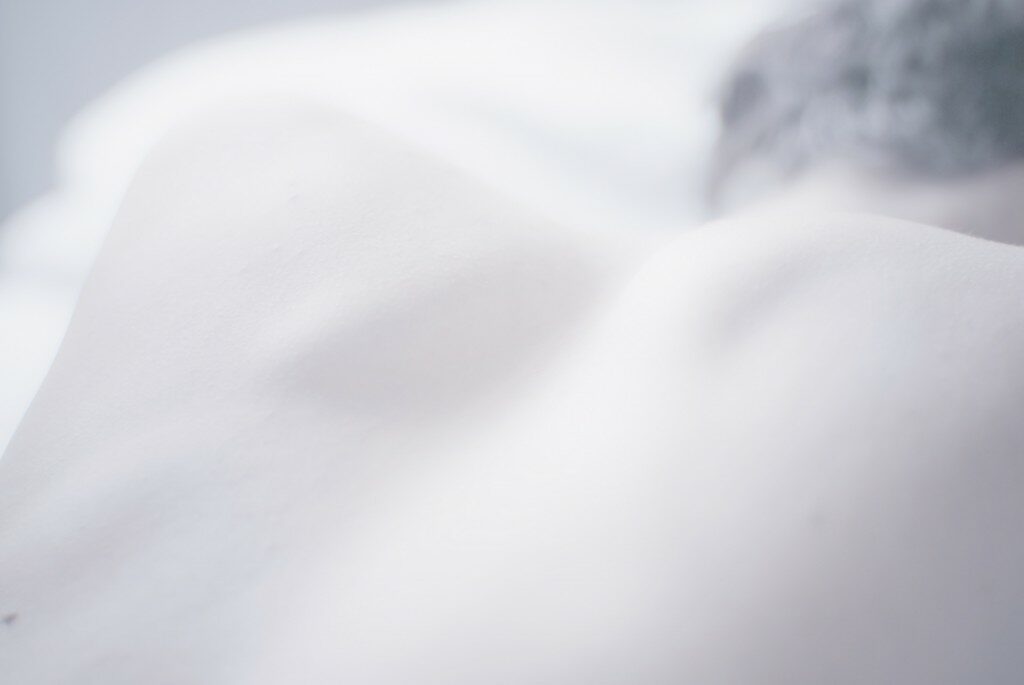
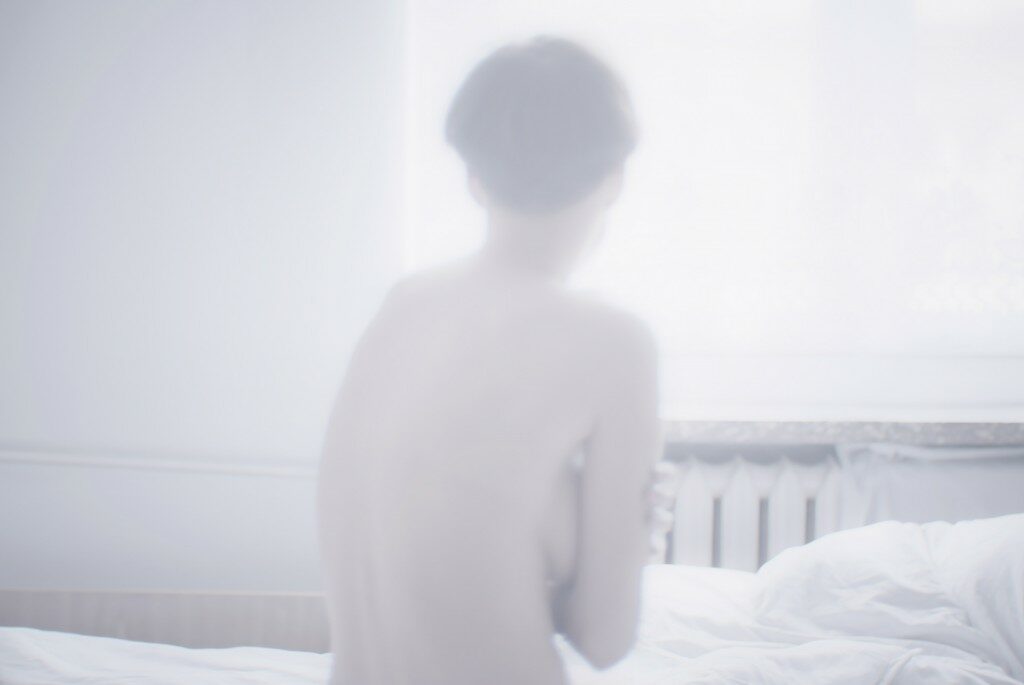
Carole Suety, UK Globe de mariée “Culture is not merely juxtaposed to life nor superimposed upon it, but in one way serves as a substitute for life, and in the other, uses and transforms it, to bring about the synthesis of a new order.’ Claude Lévi-Strauss, The elementary structures of kinship. Globe de mariée As a child, I used to visit my grandmother every Wednesday and I always wondered what this strange object on her chest of drawers, just in front of her bed, could be… this strange object that she could, at her pleasure, admire as soon as she lay down. It was the joy of her evening. Each night, she fell asleep looking at it. It was the first thing she looked at when awakening…the light of her morning… Such a peculiar object that accompanied her till the dawn of her last day. She could have, for hours and hours, unthreaded her life by telling the story of her ‘globe de mariée’. And, true, it was beautiful! So spruce with its crown of laurel, its white birds, its fair angels and its golden ribbons…Full of promises, full of hope, full of love…without a wrinkle, without a sour note. A whole life gently sleeping under its glass shelter… I have grown up, my grandmother has gone and I sometimes wonder what she really used to see in this odd globe…the life she lived? The life she dreamt? Today, in my own globe, the crown of laurel standing for faithfulness and everlasting vows…yes, it’s there…but…it was given quite a rough ride. The birds, too, are there…yes, sure…but… Well, today, in it, she would see life. Not the life we dream… no, the other one… real life… The one that does not spare us…the one we put up with, sometimes… The one we strive to carry on with in spite of our scars, of our stitches … in spite of our healed wounds and our still bleeding ones. And, the one we still decorate…with flowers, with ribbons, with birds, because, finally, our illusions…they could live a hundred lives.
The starting point of my work is always very personal as I tend to use familial snapshots or traditional objects as a basis… but, as I said, this is just a starting point… My series of images often work like a chain of sequences producing a narrative. What I do could be described as an attempt to deconstruct western ideologies and myths in order to reveal how they determine our relationship to marriage, family, sexuality or death. Deeply influenced by surrealist aesthetics, in which cultural and natural order interlace with one another, I aim to create pieces that open new fictional spaces where the boundaries between dream and reality are blurred. Originally from Paris, Carole Suety is a London based photographer who graduated with a BA in Photographic Art at the University of Westminster in June 2009. www.carolesuety.com carole-suety-CV



Valerie Jolly, France Artist statement Having originally been trained as a sculptor, I cast objects in sticky wet tissue paper and when the paper dries, what I peel off carries the form and marks of the original, only it is colourless and weightless. This technique enables me to capture, almost literally in the sense of “stealing”, all the details, even the most minute ones, of the original object without damaging it. I sometimes cover the surface of my tissue paper casts with pencil strokes, creating a three-dimensional drawing, as if I had sculpted the paper with the mark making. My sculptures are like a trace, a vaporous evocation of the original. Pale and sometimes incomplete or opened up, they are like silent citation marks that reiterate the objects around us. They make reference to real objects and places that exist somewhere else or have existed in a different time. They could either be an apparition or in the process of vanishing, like a lasting impression, a fading memory or a lingering smell. I first started to use photography to document my sculptural work, and soon decided that the photograph is in fact very interesting per se as the final piece of work. In this instance, I destroy the sculptures and the photograph is what is left of my creative process. My tissue paper casts being like the traces of the original objects, I like the idea that the photograph, one step further removed from the object, is like the ‘trace of the trace’. Through my casting process, ordinary and overlooked objects are elevated to the level of precious artefacts, weightless and colourless, as if haunting the space of the real. The realness of things is further challenged through the use of photography. We are left uncertain as to the true nature of the final images, just as we are uncertain as to the true nature of reality. My work deals with the ideas of liminality, of impermanence, of presence/absence. It questions the nature of things, of what is reality or perceived as such. My tissue paper sculptures strive to achieve the impossible, to inhabit the space between spaces, the threshold between inside and outside, presence and absence, visible and invisible, material and immaterial, reality and memory, reality and dream. I have been strongly inspired by the notion of the ‘infra thin’, a strange and poetic concept invented and developed by Marcel Duchamp. Impossible to define, infra thin is a kind of immeasurable difference or separation between two seemingly identical things. According to Duchamp, this partition is virtually imperceptible, but absolute. Examples of the infra thin include an object at one time and then one second later, the warmth of a seat that has just been left, or the space between recto and verso… As I materialise the tiny interstice that lies between the object and the negative space around it, I like to believe that I materialise Marcel Duchamp’s infra thin. cv Born in Paris, 1964. Lives and works in London. B.A. (Honours) Fine Art, Central Saint Martins, 2006 Having originally studied political science at the Institut d’Etudes Politiques de Paris (Sciences Po), worked ten years (1988-98) in PR and communication in Paris before moving to London where she started studying art. Awards Selected for the 2010 Threadneedle Prize Royal British Society of Sculptors Bursary Award (2008) Royal Borough of Kensington and Chelsea Artists Professional Development Bursary (2008) Solo shows -2010 INFRA THIN, Alexia Goethe Gallery, London. -2007 URBANBODIES 2, window gallery of the Greenwich Picture House, London. Curated by Sue Cohen. Group shows 2011 – ARE PICTURES ALWAYS PAINTINGS? Alexia Goethe Gallery, London – until 13th May – SAY HELLO, WAVE GOODBYE, Lethaby Gallery, Central Saint Martins, London – until 27th May – MATERIAL WORLDS, Contemporary Art Society annual fundraising event (auction), London – LONDON ART FAIR, Art Star Super Store, Art Projects, WW Gallery, London 2010 – AUSTERITY XMAS, BOGOF, in support of the NSPCC, WW Gallery, London – POP HYMNS, Alexia Goethe Gallery, London – CRUNCH Art Fair, Hay Festival, UK – Alexia Goethe Gallery. – THREADNEEDLE Prize Exhibition, Mall Galleries, London – PAPERWORKS, Bury Museum, Bury, UK – MAKE VANITAS YOUR OWN, Alexia Goethe Gallery, London 2009 – SLICK DESSIN, Paris – Cynthia Corbett Gallery – ART CHICAGO, Chicago – Cynthia Corbett Gallery – TRAVELLING LIGHT, group show, WW Gallery and Pharos Gallery (London and Venice Biennale) – PAPER, Royal British Society of Sculptors, part of the 2009 series : Stone, Kinetic and Paper. 2008 – Royal British Society of Sculptors, 2008 Bursary Awards exhibition, London – UN-STILL LIFE, group show, The Apartment Gallery, London – CITATIONS LIFTED LOOSE, at Number Five Princelet Street, London, a collaborative two-person exhibition with Tamarin Norwood, in a georgian home off Brick Lane. Part of the Shoreditch Concrete and Glass Festival, curated by Flora Fairbairn – CARRIED AWAY, The Crypt, Saint Pancras Church, London – DRAWING AFFINITIES, Menier Gallery, London. Co-curator of the show 2007 LIFE CYCLES, The Crypt, Saint Pancras Church, London 2005 – DIRECTION 04/05, Lethaby Gallery, Central Saint Martins, London Bibliography – A Liminal Mimesis of the Infra-Thin, catalogue essay by Richard Dyer, May 2010 – Interviews-Artists, N. James, vol.2. Cv/VAR Represented by Alexia Goethe Gallery, London.

Lucinda Chua, UK
Project 1. Double Portrait Series Lambda Prints from Composite Digital File 39.3″ x 18″ Two independently taken formal portraits are merged together creating a composite photograph where sitters appear to have shared the same moment in time. Many of the subjects exist as strangers in real life, however the gestures and exchanges within the picture imply a fictitious relationship. Project 2. Inhale / Exhale, Diptych Lambda Print, Aluminium Mounted Diasec
Born in London to an English mother and Malaysian father, I was raised in the rural countryside bordering Milton Keynes. In 2007 I graduated from Nottingham Trent University with a first class BA with honours in photography and have since exhibited my work both nationally and internationally at venues including the Macedonian National Gallery in Skopje, The Mattress Factory of Contemporary Art in Pittsburgh, The Wolverhampton Art Gallery and The Lakeside Art Centre in Nottingham. Now based in London, I practise as a visual artist partaking in various collaborative projects, commissions and artist residencies.

David Clark, UK The Fragility of Being I am concerned with the fragility and transience of being. By exploring temporality and our futile attempts to define ourselves, I am highlighting the impermanence of life and the ephemerality of being that exists in the cyclical nature of life. For an infinitely small period of time, there exists a moment of absolute suspension, when an object thrown is neither rising nor falling, but totally still. It paradoxically exists in a moment that is independent of time, yet relies on the passing of time to be reached. My photographs transcend this moment between time, to create structures that are both immobile and free. The tension and tranquillity constructed between the sheet, thread and background induces an energy that exists in a fragile and intricate balance of absolute strength and total vulnerability.
The photographs address questions of individual being, relationships and consequences of decisions over time. Ultimately, allowing the viewer to meditate on the delicacy, vulnerability and the fragility of being.
Recently graduating from The University of Brighton. 21 years old. Held an exhibition in part of the Brighton Photo Fringe and Brighton Photo Biennial in 2011.

Richard Baldwin, Australia Neurological Expressionism This work is about the transition that occurs due to Neurological effects of light during a photographic exposure. As a child I was sensitive to light. It’s has a name, Photosensitivity and in the Australian landscape the light is extremely bright. Many Australians are aware of the need to avoid light. My parents would try and protect me from the flashing light from the sun shining through the trees when we were travelling by hanging a towel over the window. The self -portraits are a short performance for the camera, about one second moving in front of the light pattern to produce a Neurological response to the light. Responding to the Neurocognitive Stimuli has a long history and recent archaeological research has traced artwork completed in the Megalithic era (20000 BC) that was created as a response to light flicker.
Richard Baldwin was born in the small dusty town of Walgett in outback Australia, known for its location at the junction of two rivers and its flat landscape. Although generally a good boy Richard was prone to episodes of misbehavior. This is how his career as a visual artist began; dressed in his best clothes for the important occasion of his brother’s birth, Baldwin took the black paint from the laundry and painted the outhouse and himself in a style resembling the work of Franz Kline. A few years later Richard was diagnosed with a form of Photo- Sensitive epilepsy. This explains his attraction to both pattern and photography. In 1984 he completed an exhibition titled “If it Fits”, an important show for Baldwin. Mostly self portraits, part documentary and expressionist, the show was the basis for Neurological Expressionism -stimulating neurological responses during the moment of exposure using light patterns. Neurological Expressionism includes aspects of parody, satire and light sensitivity. Baldwin is currently working on a series of paintings focusing on the graphic nature of the Australian landscape and the harsh nature of the light within it. Professional Experience in Photography & Visual Art Exhibitions Selected Group Exhibitions 2010 The Stanthorpe Art Festival 2005 Eyematter, an installation of warm glass at the Cape Gallery, Byron Bay. 2004 CATA, Canberra Art Teachers Association an exhibition of mixed works at the Canberra Grammer Gallery. Canberra Photography Teachers Association an exhibition at Photospace, Photomedia Canberra School of Art. 2003 Mixed Blessings, ANCA Gallery, Dickson. 1995 Graduate Diploma Exhibition 1995 : Canberra School of Art Gallery, 16th March to 25th March 1995. Variant title : Catherine Laudenbach, Monica Mitchell, Richard Baldwin, Voyka Savcic 1985 If It Fits, Bitumen River Gallery, Canberra. Solo Exhibitions 1991 The Cup, The Cloud, The Vase and Her Flowers Photospace Gallery, Canberra School of Art Gallery. The Cup, The Cloud, The Vase and Her Flowers Artistry Gallery, Sydney. Publications Various Biographical cuttings http://nla.gov.au/nla.cat-vn1807178 1984 Muse Magazine, Canberra Contemporary Arts Front, Cover Image. Canberra Times, Garry Rafael Photographic Review, If It Fits 1995 The Bulletin Magazine, published photo essay Graduate Diploma Exhibition 1995: Canberra School of Art Gallery, 16th March to 25th March 1995. Variant title : Catherine Laudenbach, Monica Mitchell, Richard Baldwin, Voyka Savcic National Library of Australia http://nla.gov.au/nla.cat-vn1807178. Prizes 1989 The Byron Bay Community Arts Centre, Easter Arts Festival Award. Commissions and Murals 2008 Yellow Edge, Canberra Office Refurbishment, Glass Mural. 1987 Byron Bay Community Centre, Blatant Image. www.bayweb.com.au/…/articles/nature.html Collections The Phillip Morris Arts Grant, Artists Handprinted Calendar National Gallery of Australia. National Print Collection, “If it Fits” screenprint, National Gallery of Australia. http://www.printsandprintmaking.gov.au/catalogues/artist/3539/richard-baldwin.aspx?related=work Richard-Baldwin-Art-CV-2011
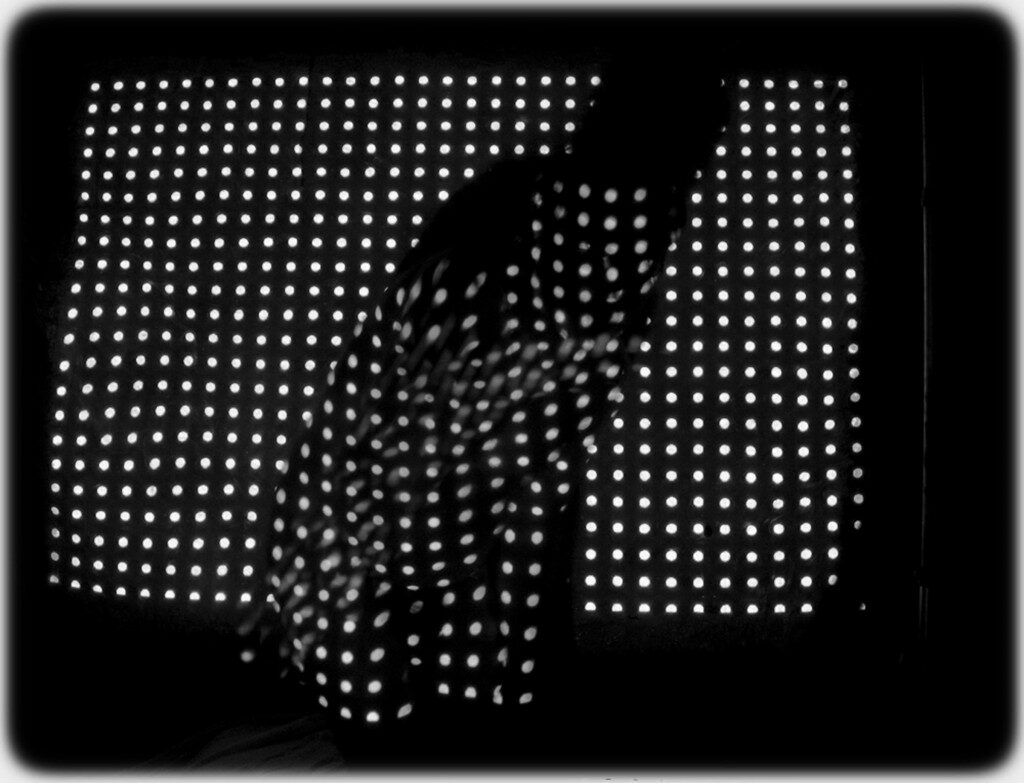
Martin Usborne, UK
MUTE: the silence of dogs in cars
These images are about silence, longing and time passing. They are about lack of change: about the terror of waiting for something to change that may never come about. They draw upon my memory of being left in car as a young child and the fear that I was stuck forever. The fear of being left alone like this is really a fear of death – which is the biggest change of all. For the dog (or child) that is stuck in the car life moves on without them
Martin Usborne is a photographer based in London


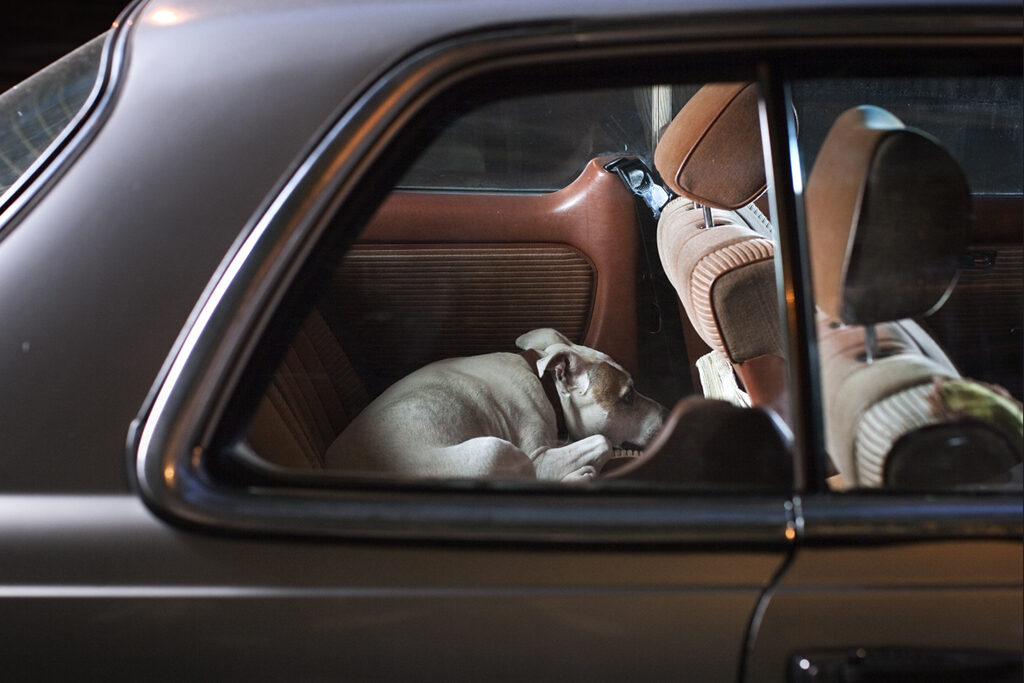
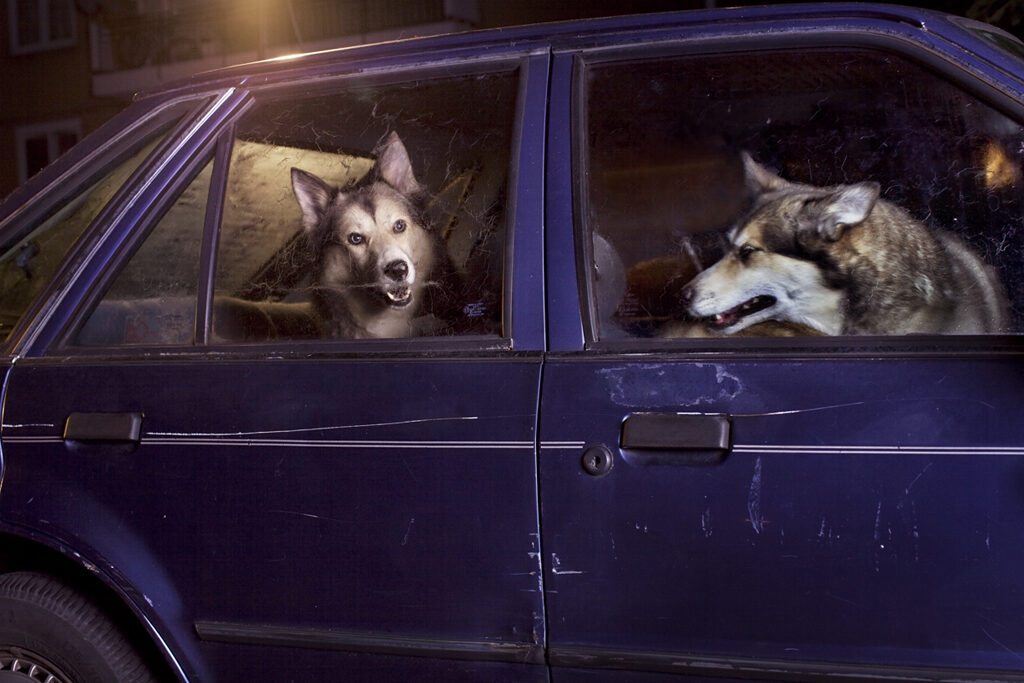
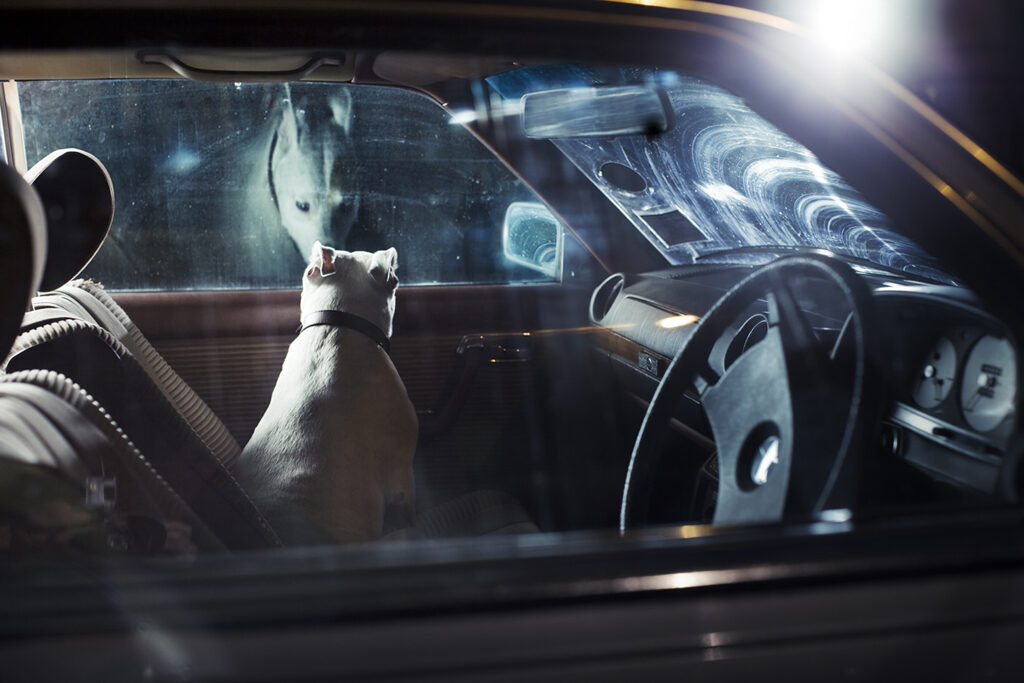
Andrew Bruce, UK
Tender
Andrew Bruce For the 2011 Galerie Huit Open Salon, I have submitted 6 images from the series: tender (2010) We divide the landscape and exclude nature from our day-to-day existence; we barely notice the ‘thud’ when we literally come into contact with animals. My work takes that ‘thud’ as its starting point… tender is a meditation upon life, death and our increasingly detached relationship to nature. There is a duality in the title; on the one hand it is about a loving act, on the other hand it’s about something being sore to touch. Tender is an act of compassion. By embracing the animal, I try to embrace the inevitability of death itself. I work in a slow meditative way; gathering animals by cycling country roads, using a 10×8″ view camera and producing life-size analogue handprints.
bruce_andrew_CV






Tim Edgar, UK
Tim Edgar
Insect Theatre
This series of photographs show the fallen remains from a large spiders web in an outside toilet. The insects are like characters in some sort of macabre performance. Over the years their colour fades and they become wrapped in the spiders trails. They are in transition, from death to dust. New characters appear on the “stage” and others leave. The work is a response to the traditional “spectacular” nature of the representation of natural history, for example, the perfect spiders web, or the multi-faceted close up of a fly’s eye.
Tim Edgar was born in Somerset, England and studied Photography at Salisbury College of Art and the University of Wales, Newport. He often explores specific sites of “Natural History” combining scientific conventions with a practice rooted in contemporary documentary photography. Local sites of conflict are explored over long periods of time. Starting points are often the life / death cycle of particular nests and habitats, for example a “Rookery” or a “Cobweb”. He lives in Swanage, Dorset and is a Senior Lecturer in Photography at The Arts University College at Bournemouth.




Susan Friedman, US
16 torsos
Llive canvases, ever changing. 2010-short-bio
